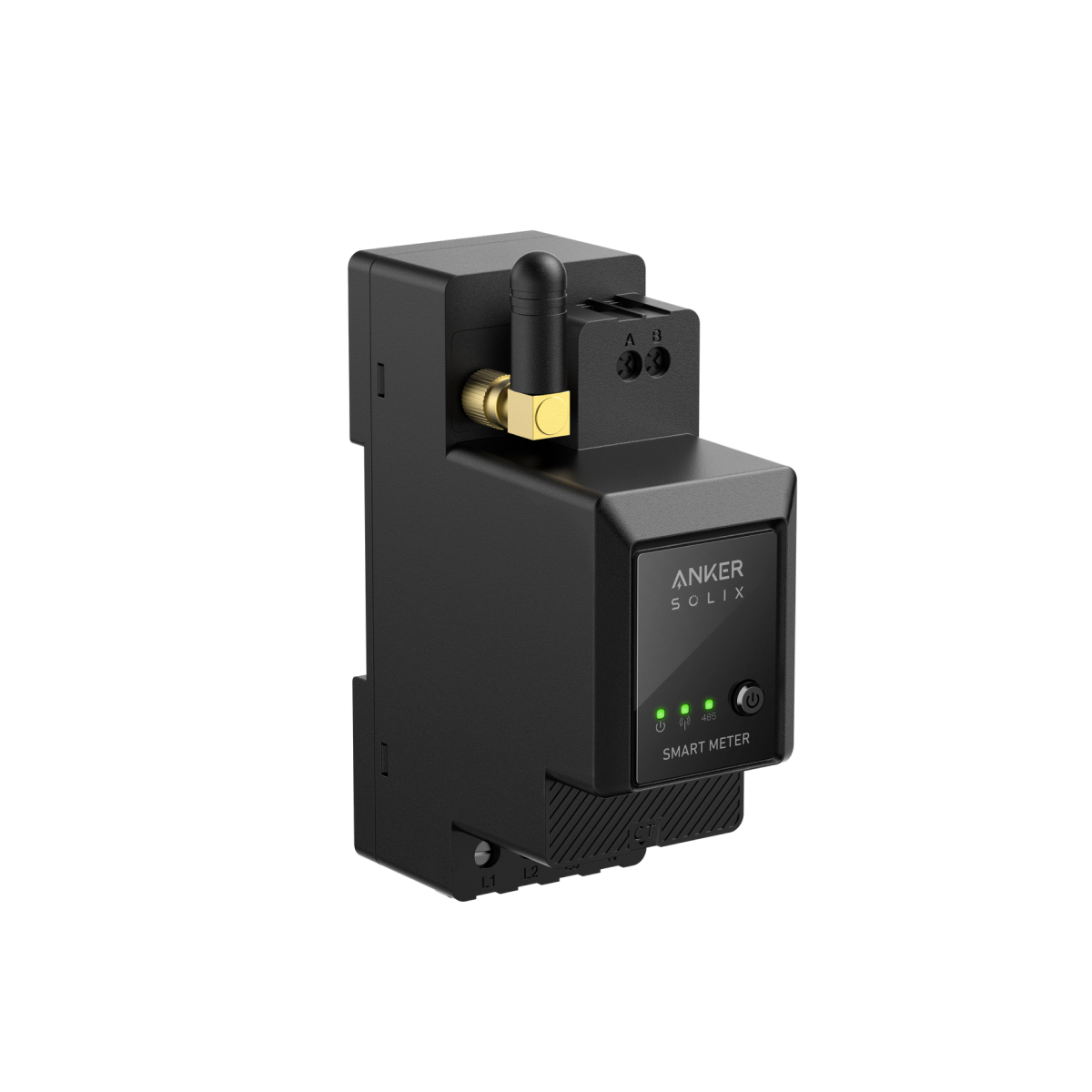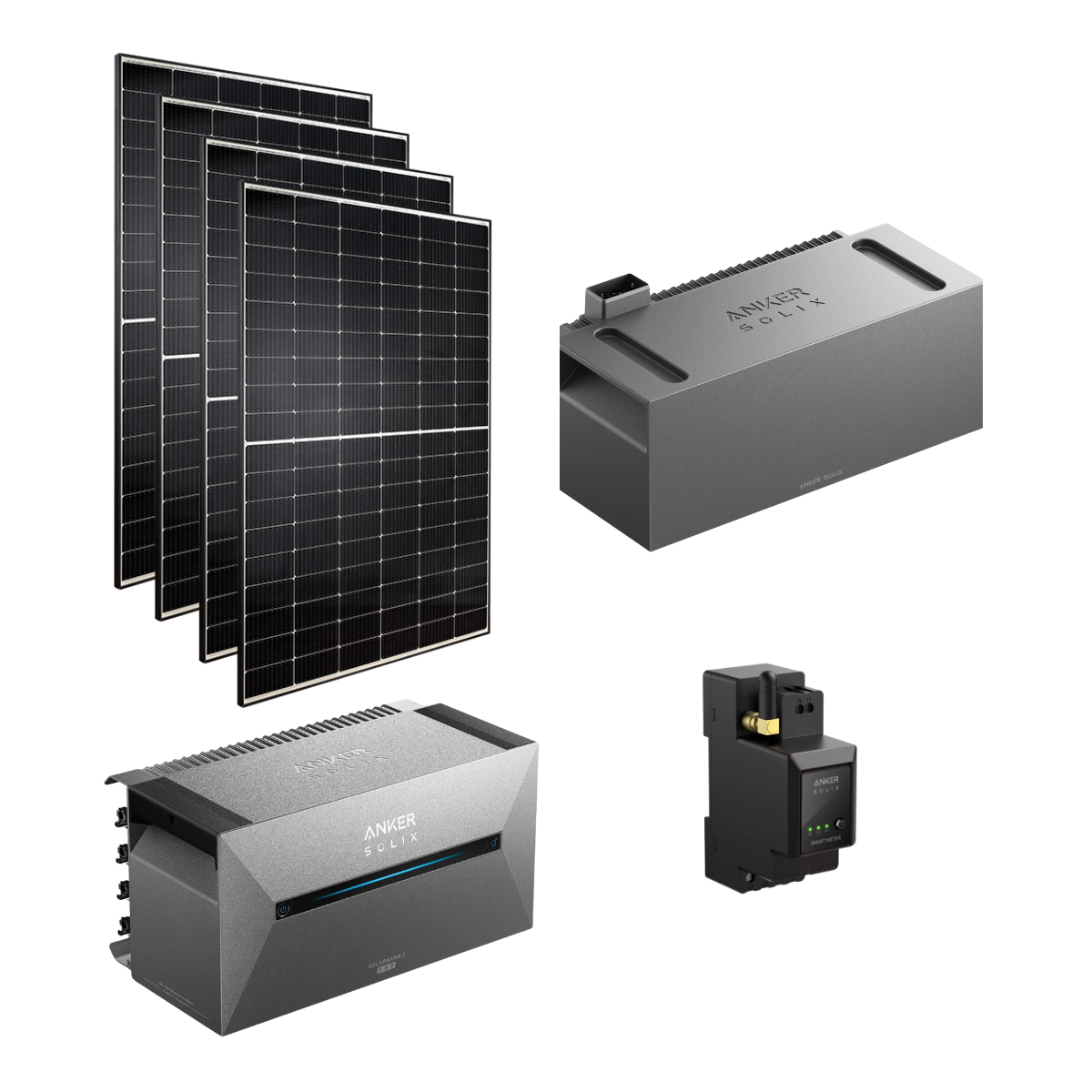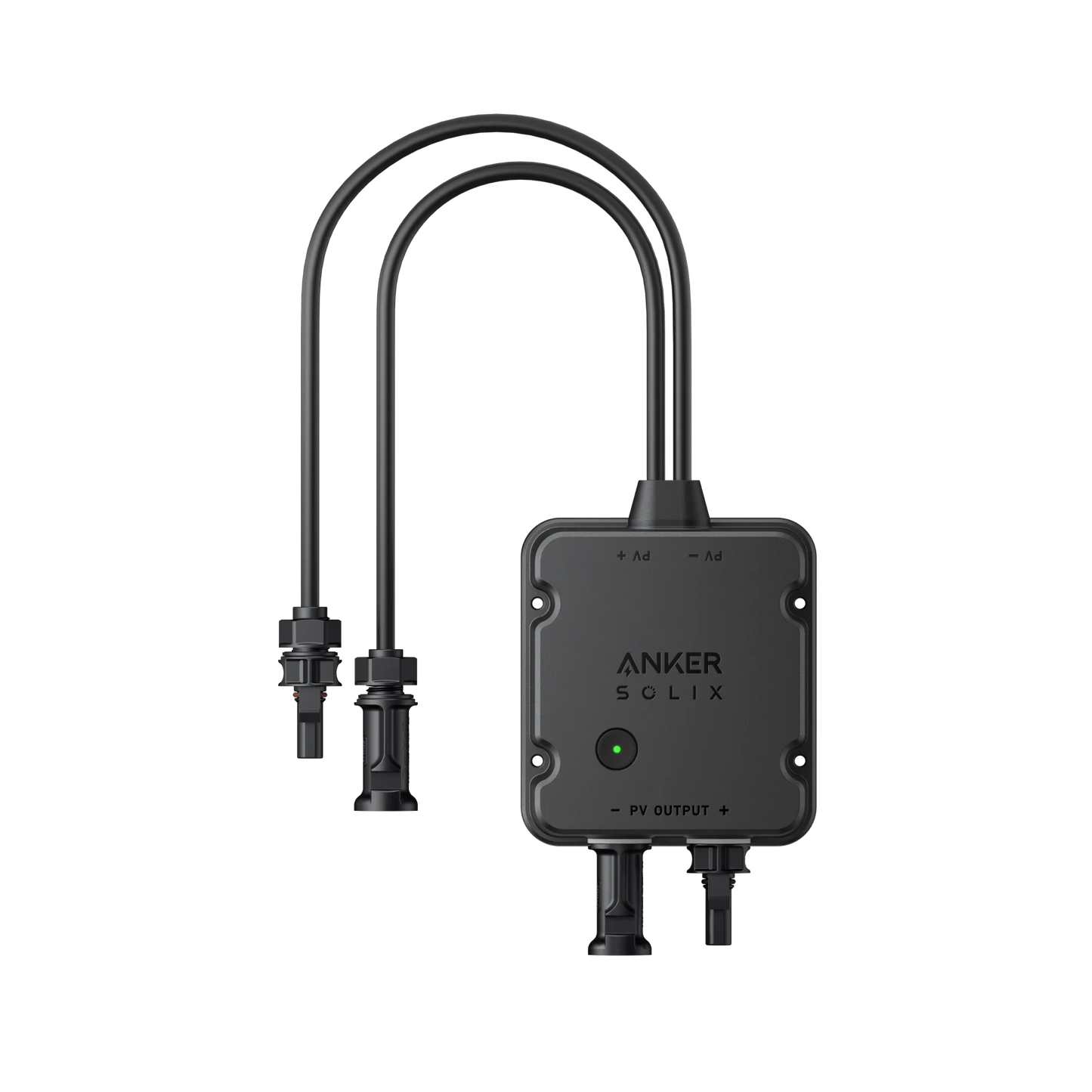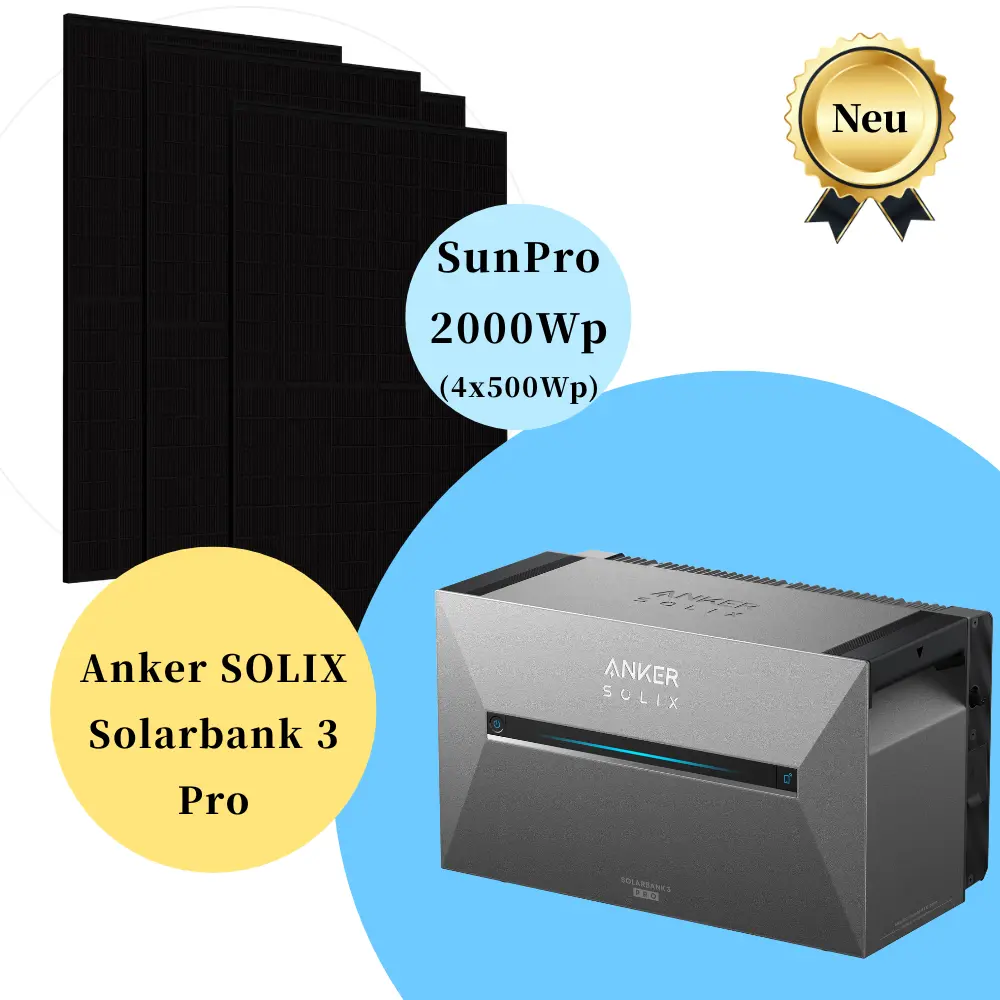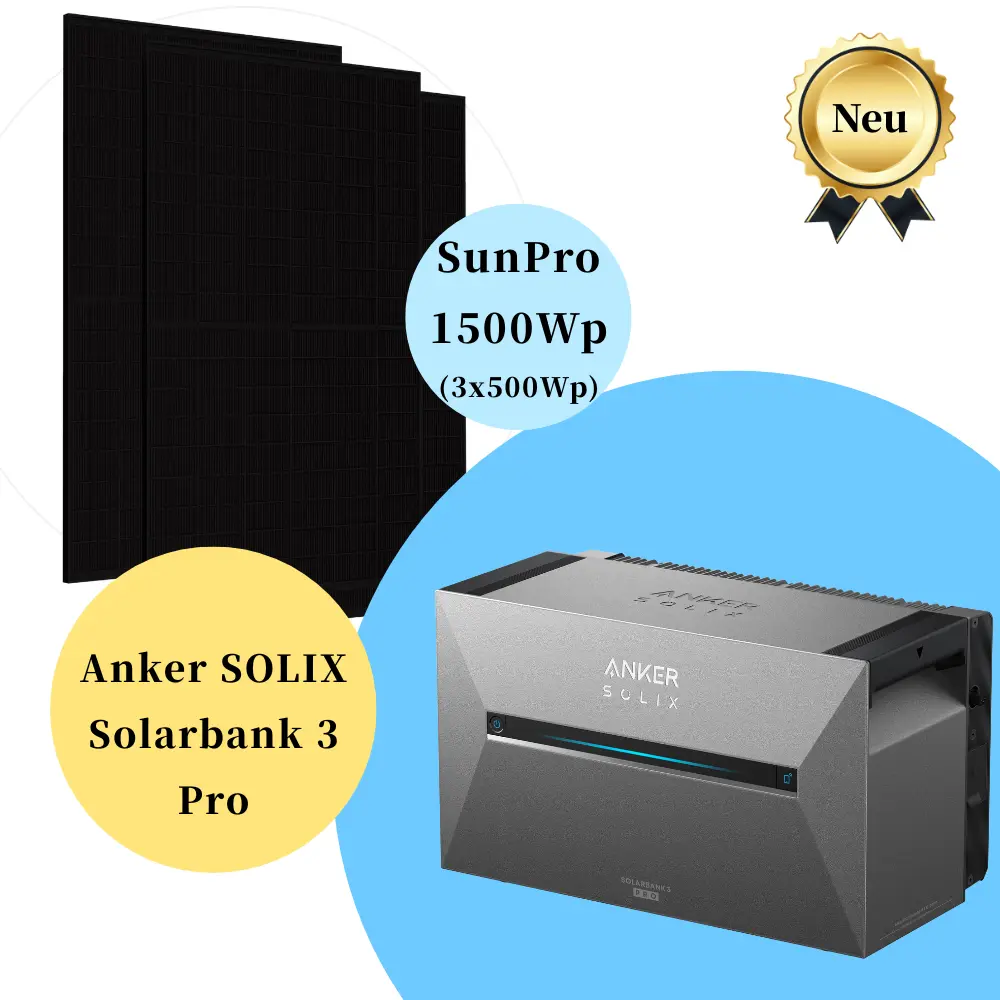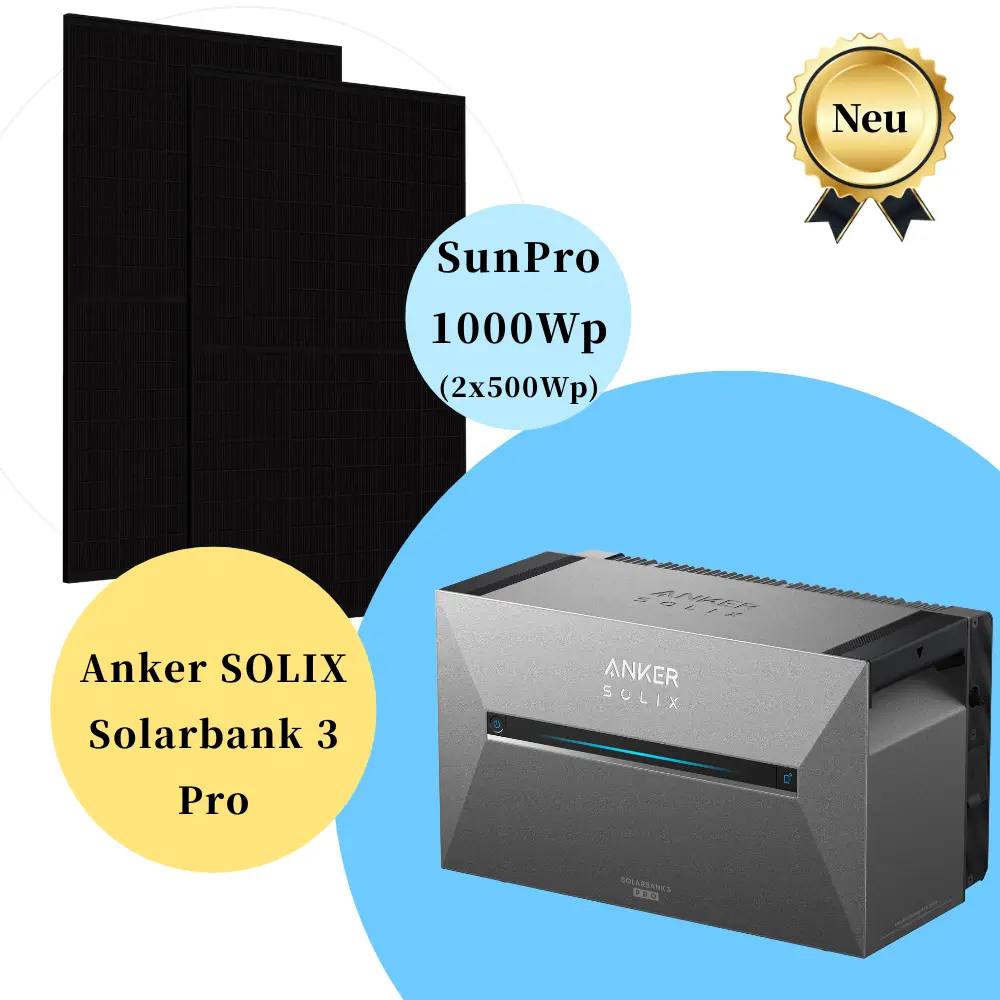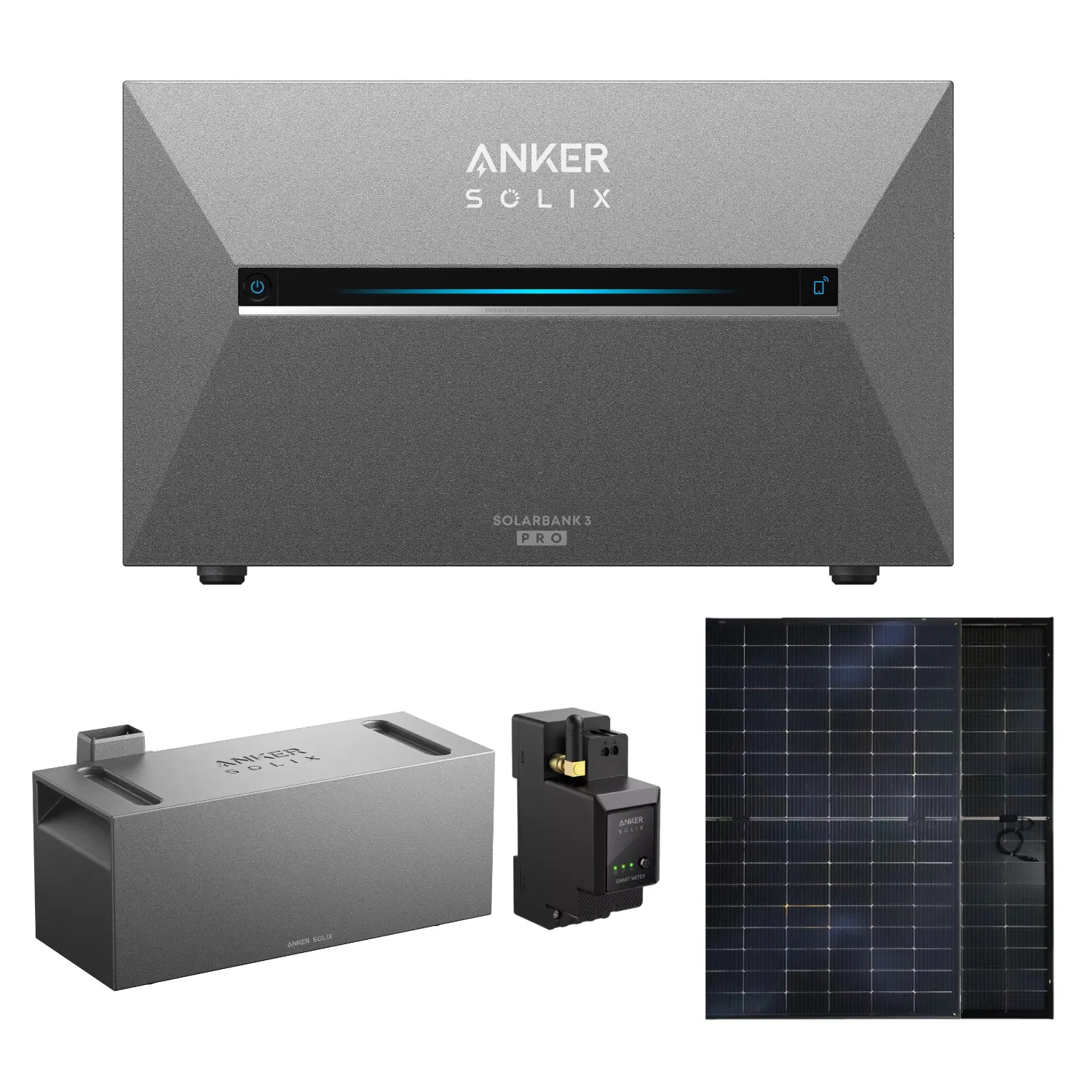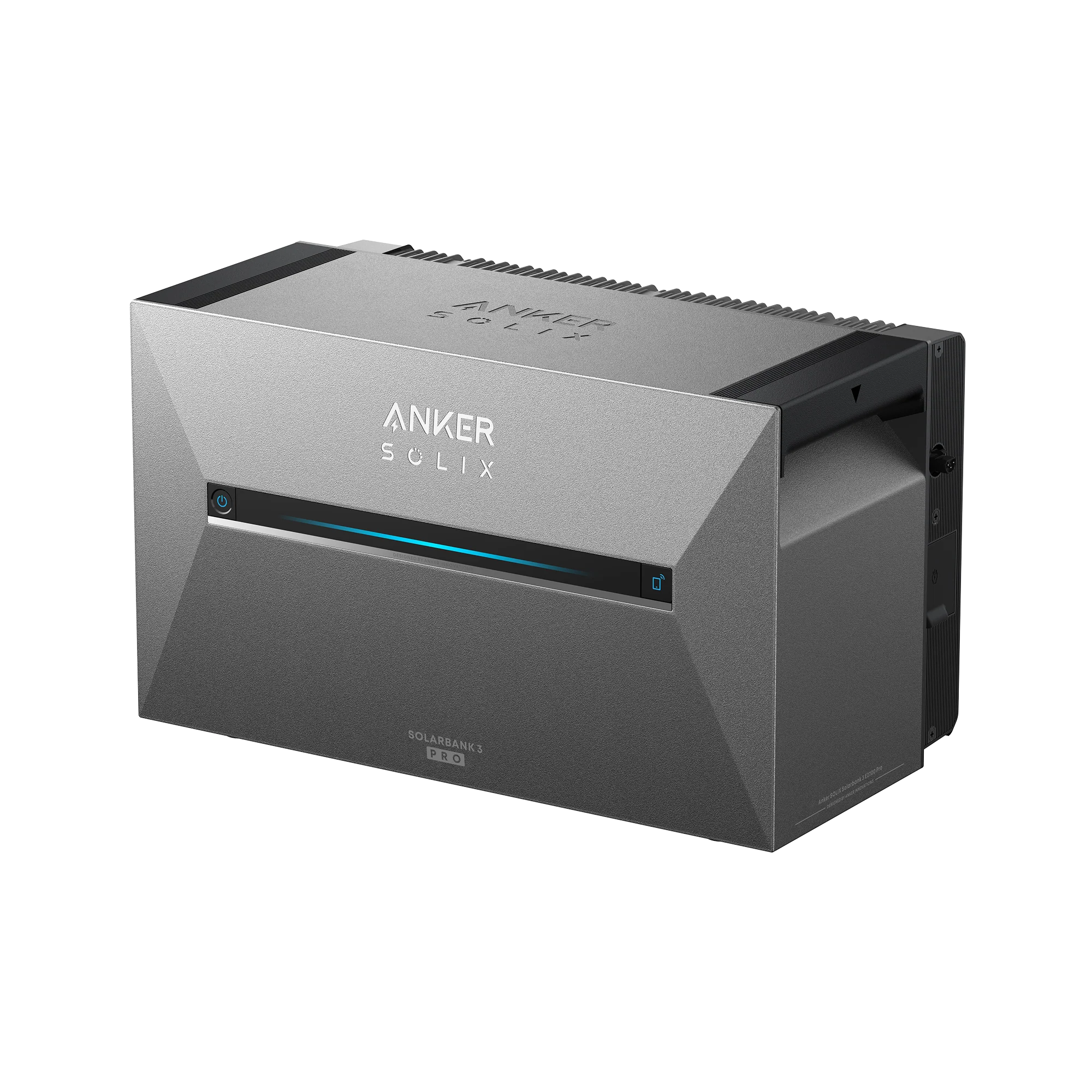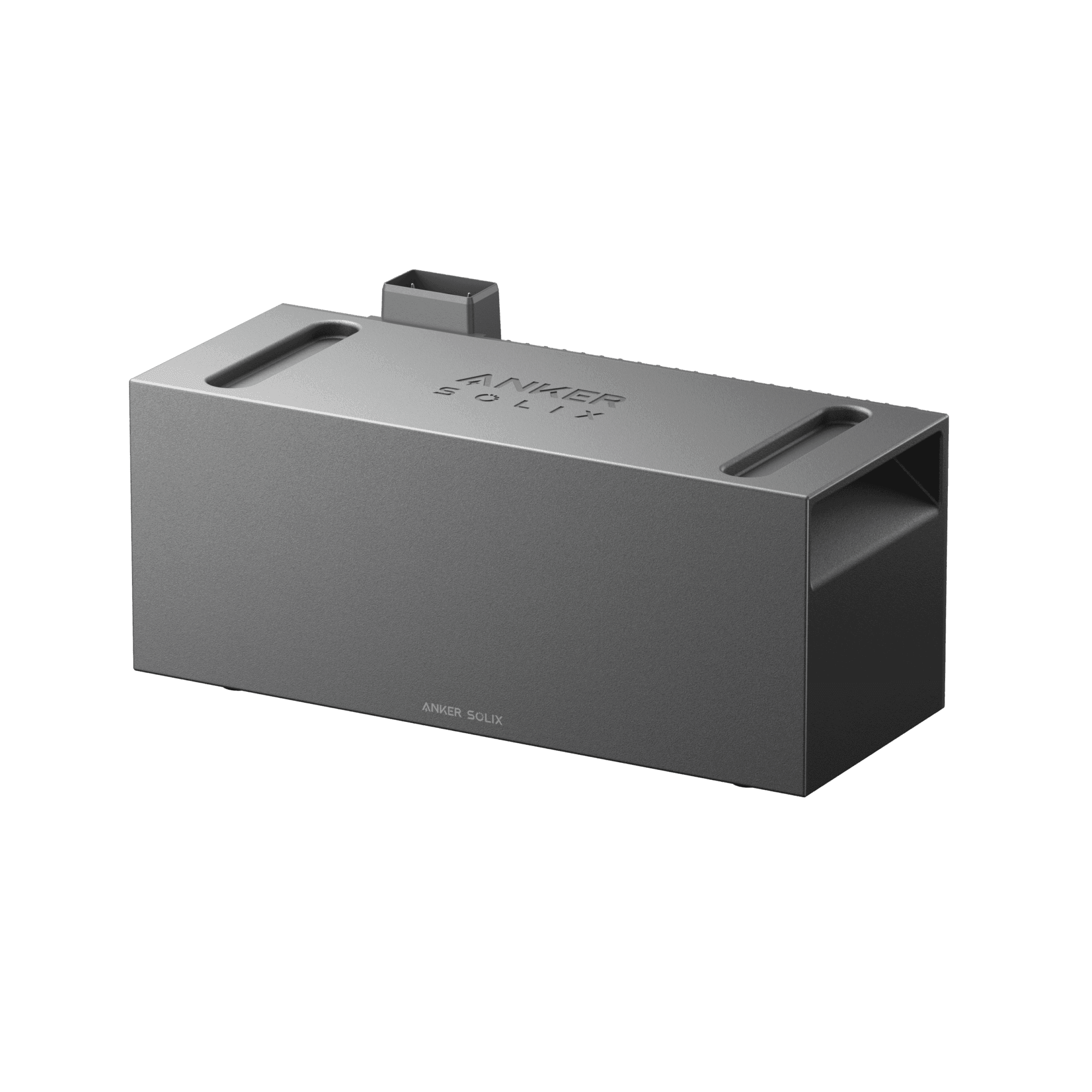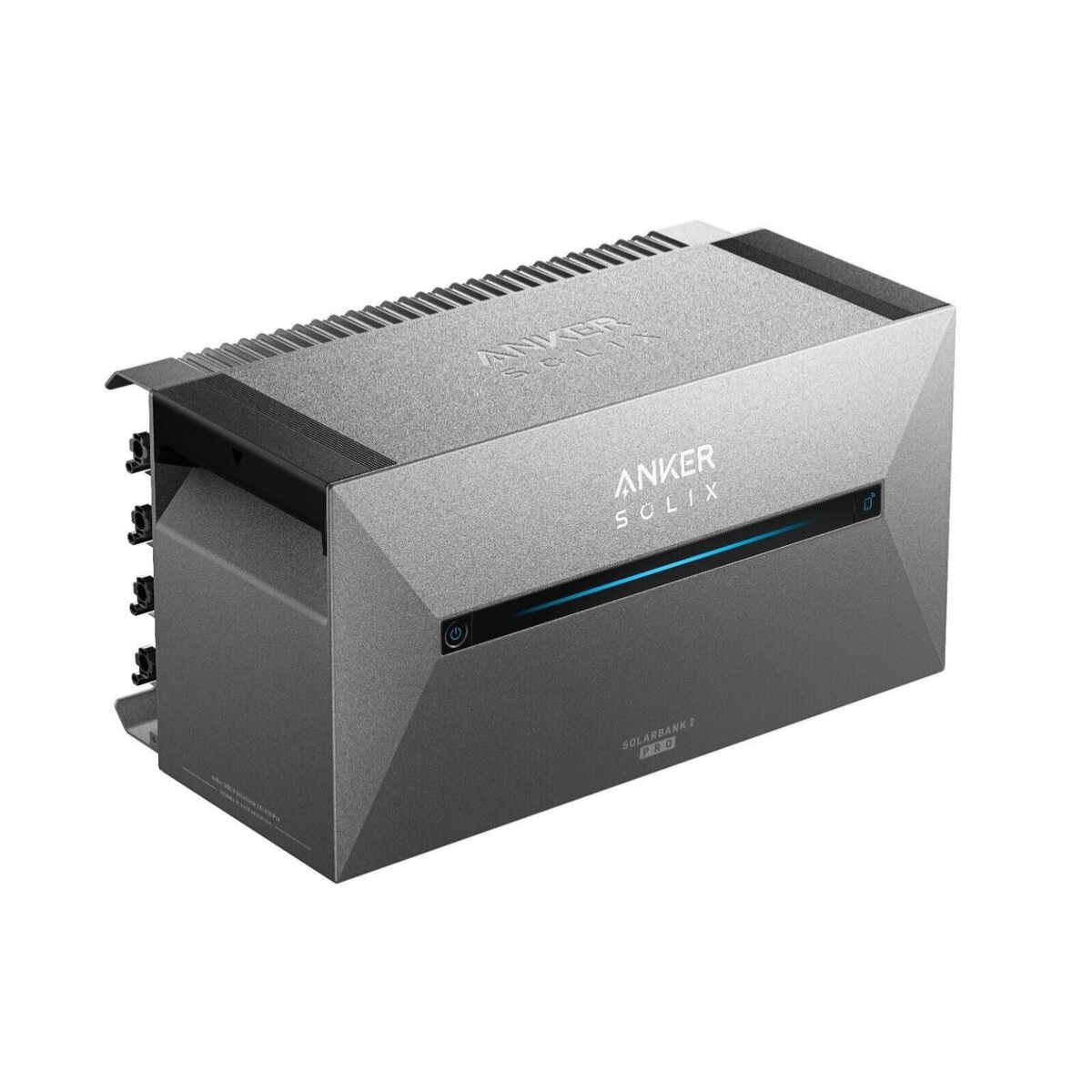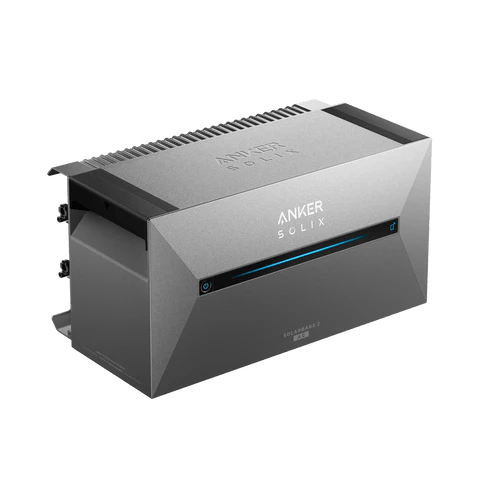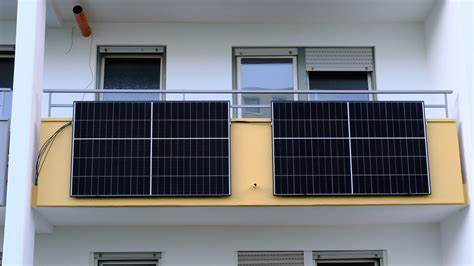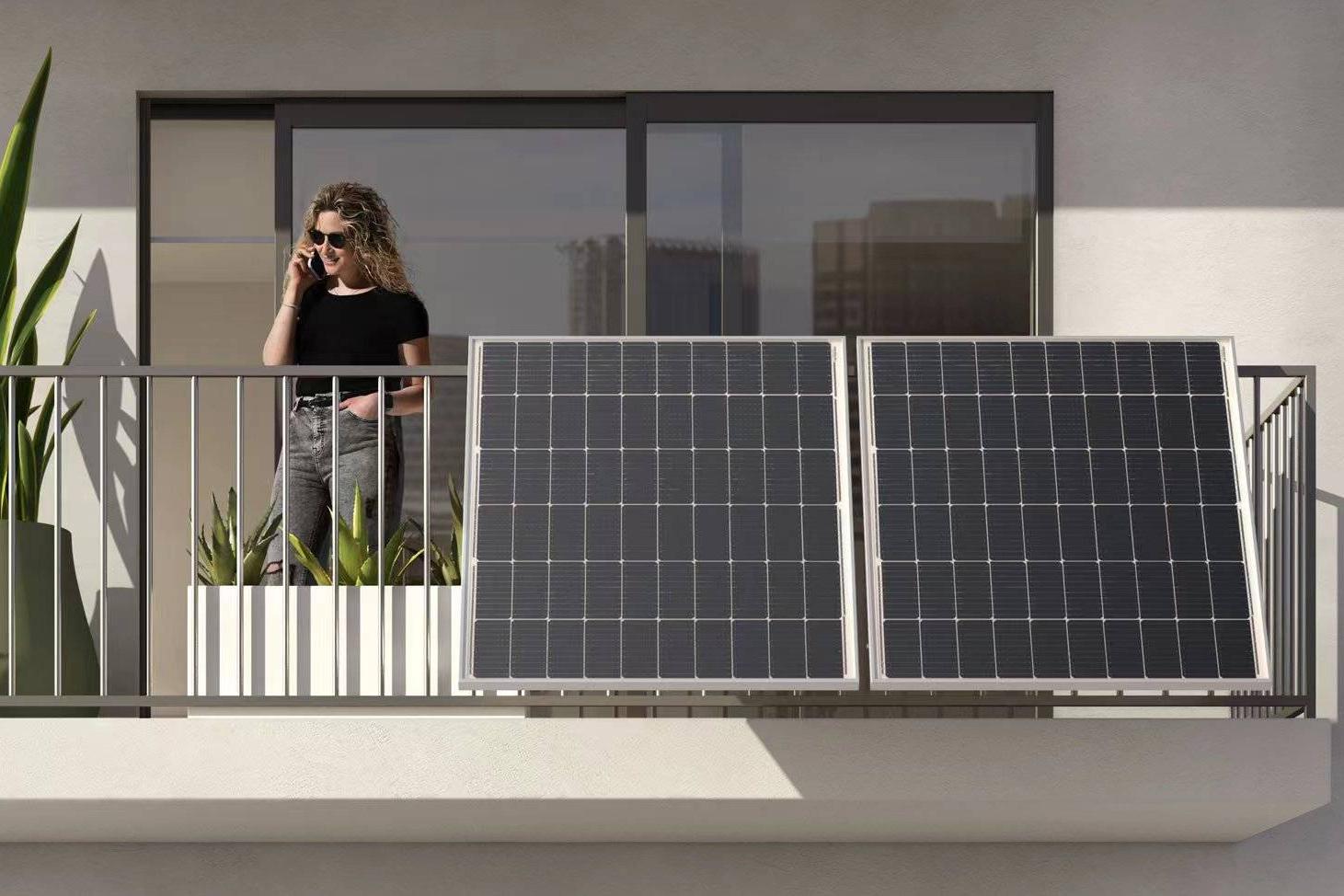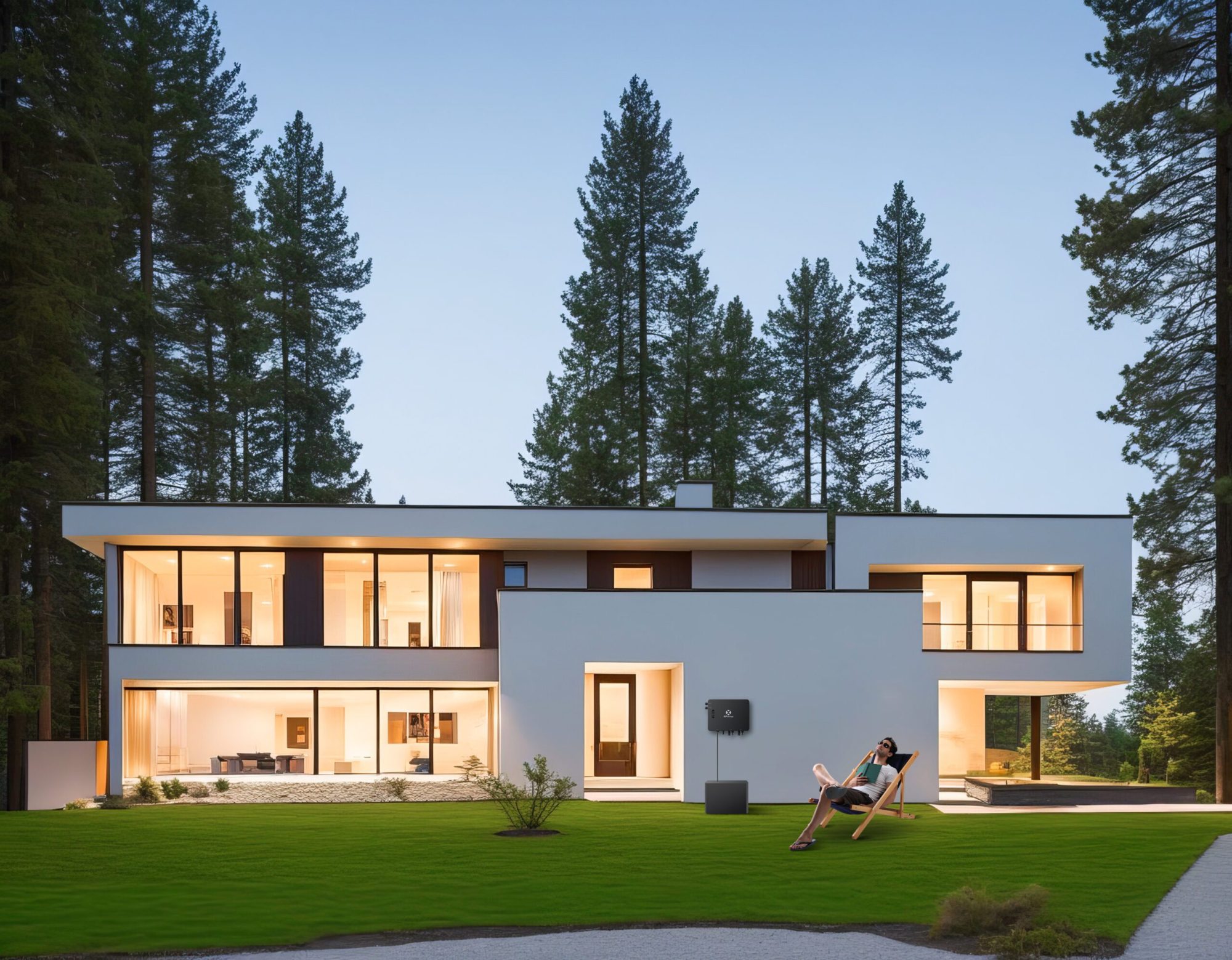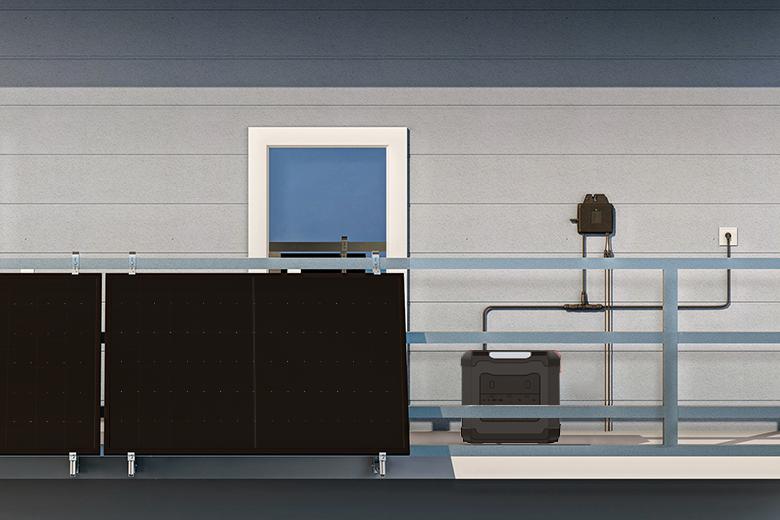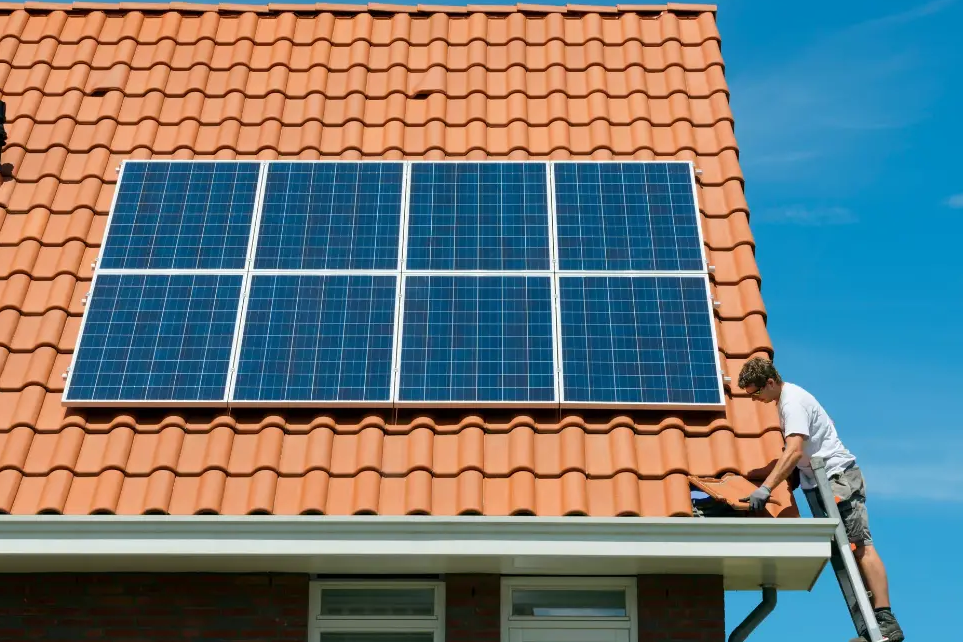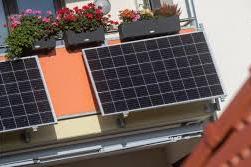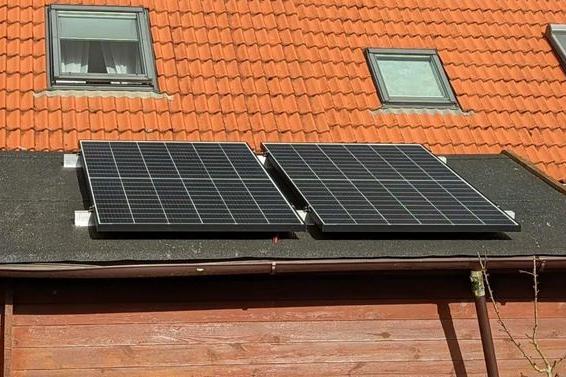Blog & News
Solar hot water: costs, advantages and disadvantages, requirements
By generating hot water with solar energy, you not only reduce your energy costs but also CO₂ emissions. This article explains the associated costs and the advantages and disadvantages of solar hot water.
Compare now
How much hot water demand can I cover with solar?
In total, you can cover up to 60% of your hot water needs with solar energy. In summer, even up to 100% is possible. To achieve this, the solar system must be optimally dimensioned and designed for hot water production.
How does solar hot water production work?
With solar thermal energy, solar radiation is captured by collectors, converted into heat energy, and stored in a hot water tank. Depending on the size of the system, this heat can then be used for various purposes, such as hot water production or to support the heating system.
Solar hot water production takes place in three steps:
- Heat absorption: Solar panels capture sunlight and convert it into heat. Flat-plate collectors are most commonly used, but evacuated tube collectors are also available. These are more efficient and suitable when space is limited or conditions are less than ideal.
- Heat distribution: In a solar thermal system, pipes connect the solar panels for hot water to the storage tank. The solar fluid, a mixture of antifreeze and water, transports the thermal energy. The network includes important components such as the expansion tank, the safety valve, and the solar pump for safe and reliable operation.
- Heat storage: Normally, the hot solar fluid heats the drinking water in the hot water tank. This way, the hot water is prepared and the thermal energy is stored. However, it is also possible to use the thermal energy to support the heating system. A buffer tank is used for this purpose. Here, heating water is heated instead of drinking water.
What are the advantages and disadvantages of solar hot water?
Solar water heating has its advantages and disadvantages. First and foremost, solar thermal systems are highly efficient and have a service life of over 25 years. However, the investment costs are high, and structural work is required to install the pipe network.
| Advantages of solar hot water | Disadvantages of solar hot water |
| high efficiency | initial costs |
| long-lasting system | not suitable for every building |
| reduced energy costs | structural measures for pipe network required |
| fewer emissions | |
| Switching off the heating system in summer possible | |
| longer service life of the heat generator | |
| Funding possible |
How much does solar water heating cost?
Solar water heating costs between €4,000 and €6,000. Solar panels cost between €1,500 and €2,500, and the hot water tank costs up to €1,000. Additional components such as pipes, fittings, solar pumps, and controllers cost up to €1,500. Installation costs between €500 and €1,000.
A typical solar thermal system for hot water production in a single-family home usually consists of a collector area of four to five square meters and a hot water tank of approximately 300 liters. The costs are broken down as follows:
| Cost center | Cost |
| Solar panels | 1.500 - 2.500 € |
| Hot water tank | 800 - 1.000 € |
| Other components (pipes, fittings, pump, regulator, etc.) | 1.200 - 1.500 € |
| Assembly & Installation | 500 - 1.000 € |
| Total costs | 4.000 - 6.000 € |
Is solar energy worth it for hot water?
Solar thermal energy is considered beneficial from an ecological perspective because it contributes to reducing emissions. The economic viability of solar thermal energy depends on various factors such as energy prices, consumption habits, building characteristics, and current heating systems.
ExampleA solar thermal system generates approximately 3,000 kWh of heat energy per year. At a gas price of €0.12 per kilowatt hour, this translates to annual savings of approximately €400. Over a ten-year period, the savings amount to €4,000, and after 20 years, they reach €8,000. Thus, the investment usually pays for itself within 10 to 15 years. In addition, you save up to €60% in annual energy costs.
Solar energy for hot water is even more worthwhile with government subsidy programs that further shorten the payback period for solar thermal systems.
What subsidies are available for solar water heating systems?
The Federal Office for Economic Affairs and Export Control (BAFA) supports solar water heating systems with up to 30% of the eligible costs. Eligible costs consist of 50% for specialist planning and construction supervision, 30% as an income bonus, and a maximum of 20% for the climate speed bonus.
Can I retrofit solar for hot water?
You can also retrofit solar hot water into existing heating systems. This requires a sufficiently large roof area, the installation of a piping network, and sufficient space for the hot water tank. Depending on the size of the system, you can also use the solar thermal system to support your heating system.
Tips and requirements for planning
The size of a solar hot water system depends on hot water demand, usage patterns, and local conditions. An optimally designed system will fully cover demand between April and October.
What is my hot water consumption (calculate consumption)?
First, you need to determine your hot water consumption. You should also consider future needs. As a guideline, you should assume a daily hot water requirement of 60 to 80 liters per person.
What size should the collectors be and how many do I need?
For the above-mentioned reference value, you will need approximately 0.8 to 1.5 square meters of roof area. Usually, 4 to 6 square meters of collector area are sufficient for single-family homes.
The solar collectors should be large enough to heat the water effectively. The type of collector affects the energy yield:
- Flat-plate collectors have a lower efficiency and therefore require approximately 1.0 to 1.5 square meters per person;
- Evacuated tube collectors achieve higher efficiency and require only 0.8 to 1.2 square meters per person.
Factors such as roof orientation, slope, and shading play a role in the size of the collectors. South-facing roofs with a pitch between 20 and 50 degrees are suitable. It is important that the roof surface is free of shading, as this reduces the yield.
You should also Global radiation This should be taken into account when designing the collectors. In Germany, this averages 1,100 kilowatt hours per square meter. However, solar radiation is higher in the south, reaching up to 1,300 kWh/m². In the north, it is between 900 and 1,000 kWh/m².
How big should the drinking water storage tank be?
Expect 50 to 80 liters per square meter of collector area. For a four-person household with approximately six square meters of collector area, you'll need a storage tank with a capacity of 300 to 480 liters.
Does solar also work as heating support?
Solar also functions as a heating backup. Here, the solar collectors are connected to a buffer tank instead of a hot water tank. Instead of drinking water, the heating water is heated by the solar fluid. However, solar energy is more efficient for hot water. During the winter, solar energy is scarce, and heating demand is at its highest.
The alternative: hot water with photovoltaics
Due to high energy prices, hot water heating with photovoltaics is becoming increasingly attractive. With photovoltaics, you can generate both electricity and heat, so you only need one system. While more roof space is required for the installation of a PV system, it eliminates the need for a piping system.

